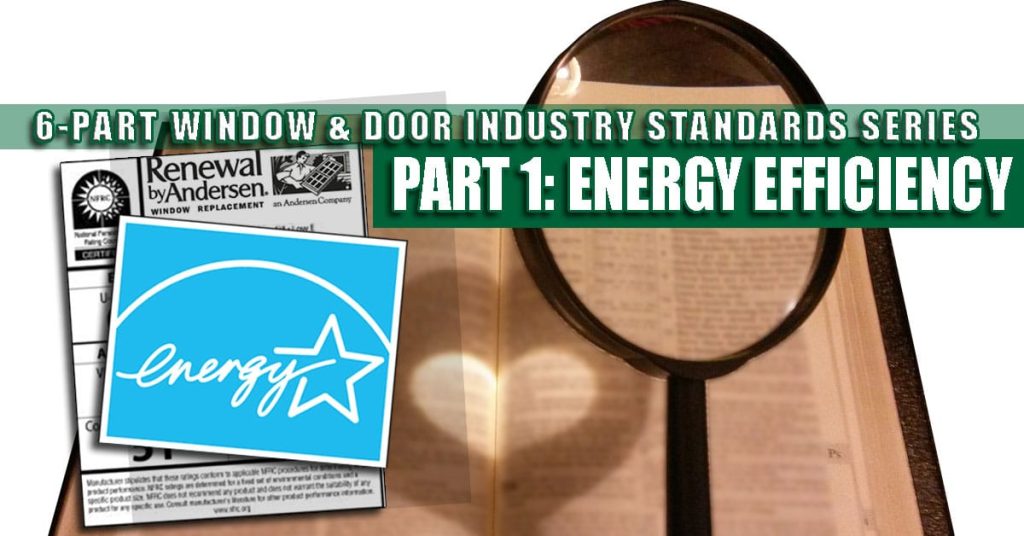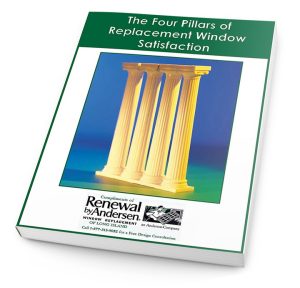

At Renewal by Andersen of Long Island replacement windows and patio doors, we believe homeowners who make well-informed decisions are more likely to be satisfied with their purchases. As part of our commitment to ensure you have all the information you need replacement windows and doors, we’re offering a six-week guide to industry standards. This week we’ll cover industry performance ratings.
Knowing which replacement windows and patio doors you should buy for your Long Island home depends on understanding several key energy-efficiency ratings. Window dealers may brag about their Energy Star ratings, but unless you really know what those numbers mean, there isn’t any way of being sure you are getting the most return on your investment.
The National Fenestration Ratings Council (NFRC), an independent research agency, rigorously tests windows and doors to determine the performance of the whole window unit, not just individual components. Below, you’ll find a brief explanation for the most common measurements the NFRC considers, and how they impact long-term affordability and comfort in your home.
This metric indicates insulating performance. In our region, the NFRC recommends a U-Factor rating of 0.4 or less. The lower the number, the better the window protects against extreme heat and cold.
The SHGC number represents how well a window unit controls heat transfer from the sun. Long Island residents should look for a rating between 0.4 and 0.55. The lower the number, the less you should have to rely on air conditioning to keep your home comfortable during our hot, muggy summers. A slightly higher number may be a benefit if you want to rely on solar heat to reduce winter heating costs.
VT applies to light levels. Ranging from 0-1, this number allows you to understand how much light flows inside, or is blocked by factory applied coatings. Modern, Energy Star labeled windows are far superior to older windows in that they allow plenty of natural light, while minimizing glare. If your window rating is too low, you may still need more artificial light.
Look for a high number on the condensation resistance scale. (1-100). Higher numbers indicate less condensation potential.
Tip: Even, precision-built, superior quality replacement windows may develop minor condensation if home humidity levels are excessive.
You should know that standard building codes may differ slightly from NFRC and other industry standards. In general, the lower the air leakage number is, the more efficient your window unit or replacement door is at controlling the amount of air that passes through the frame. Fortunately, Renewal by Andersen of Long Island’s Fibrex frames are durable and stable, and they expand and contract at the same rate as your home, so there is no reason to worry your windows will start leaking after years, or even decades, of daily use.
These measurements help homeowners make sure they are buying the best replacement windows and patio doors to help them control heating and air conditioning costs, reduce energy consumption and keep their homes comfortable. According to the NFRC, the average annual energy cost for the American household is between $1,500 and $2,500, and 45% of the spend is for heating and cooling.
Serious about getting the highest return on investment? Schedule a private consultation with a replacement window and patio door specialist by filling in the short form on this page or calling (866) 609-5033.
Check out this post for more information on replacement window energy efficiency.

Learn Everything You Need to Know BEFORE Buying Replacement Windows